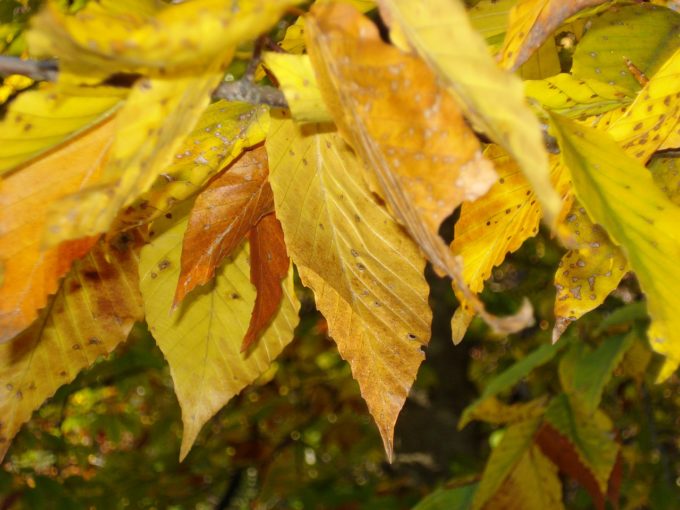
With 55% of American households actively engaged in gardening, it’s safe to say that people love doing it. Indeed, several reasons account for why people get involved with gardening. It can be therapeutic or relaxing for different people. For others, it is the thought of planting things in the soil and watching them grow. However, sometimes, things can go awfully wrong with the garden. What should you look out for? Below is a discussion on this.
1. Discolored foliage
The true colors of your garden foliage are best known to you. This will depend largely on the type of plants in the garden. Due to chlorophyll content, most leaves are green in color. However, others have red or purple pigmentation due to the presence of anthocyanin, a special antioxidant in some plants. Usually, the health of your garden is seen in the leaves. A lush green appearance often indicates adequate amounts of sunlight and water.
On the contrary, any discoloration away from the original may be a sign to take things seriously. For example, when an originally green leaf in the garden begins to show bleached portions, it could be a sign of sunburn. A rugged appearance with dark-colored spots could indicate frost damage. Sometimes, soil nitrogen deficiency shows a pale green discoloration, while sudden yellowing points to iron shortage. It is your garden, and you are the first to notice any foliage discoloration. When you do, it’s important to quickly attend to the issue.
2. Dry-looking soil
The soil in your garden may be dry because it either lacks organic materials or is experiencing severe water deficiency. In many cases, though, it’s due to the latter. How often do you water the garden? According to experienced gardeners, the consistency of garden watering often depends on certain factors like the tools used and the plant.
A study on gardens stated that households with sprinklers often stick to a regular watering schedule. However, those who use watering cans watered their gardens less often. If you don’t have sprinklers, ensuring your watering tools are accessible and well-kept will make it easier to keep a watering schedule. Storing them in sheds is a good idea. So, if your soil starts to look dry, you may want to start watering more consistently.
3. Slow growth
How can you tell that your garden plants are growing as they should? A first-timer may struggle with the details, but experienced hands will notice. Usually, slowed growth is detected in the seedlings. That could be a sign that something is wrong if you recently planted them and they fail to sprout on schedule. Another thing to look out for is the shrinking appearance of the plants or seedlings. Stunted growth is a common problem.
Some people fail to notice that slowed growth may be due to plant nutrient insufficiency. Sunlight, water, and soil nutrients may be severely lacking in your garden. It may be time to get help from expert hands when you notice this. If the slow growth is due to plant disease, it could easily spread to other garden areas.
4. Exposed roots
Plant parts move in search of food and water. Usually, the roots grow deeper into the soil to do this. Sometimes, however, they poke out of the topsoil or the container they grow in. Several reasons account for this but leaving the exposed roots unattended can lead to plant death.
When you’re regular in the garden, it’s easy to pick up on changes that indicate problems with plant health. Hopefully, you found this discussion useful.














